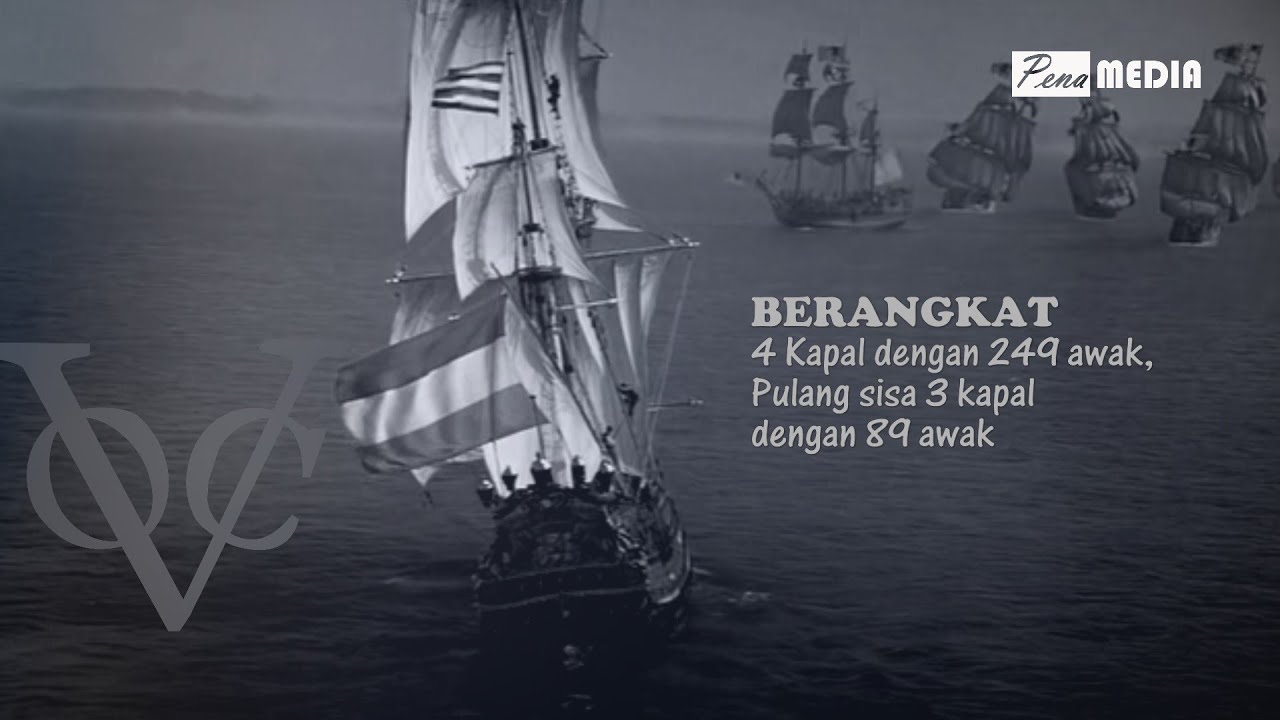PERANG PATTIMURA
Summary
TLDRThe natural wealth of Maluku attracted European powers, particularly the Dutch, who established a colonial presence to control trade and extract resources. Despite initial cooperation under British rule, Dutch reoccupation led to heavy taxation, forced labor, and exploitation of local resources, sparking resistance. The Maluku people, led by figures like Pattimura, mounted a fierce rebellion against Dutch oppression. After initial successes, the resistance was crushed, culminating in Pattimura's execution. However, the struggle continued, and the spirit of resistance endured, even as key leaders were captured or exiled.
Takeaways
- 😀 Maluku's natural wealth attracted European nations, who referred to it as the 'Pearl of the East' due to its beauty and abundant resources.
- 😀 European nations initially came to Maluku for trade but soon began to exert political influence and interfere with the local society.
- 😀 Under British rule, Maluku remained relatively peaceful as the British agreed to pay the locals for their produce, reducing forced labor.
- 😀 When the Dutch regained control of Maluku, they imposed a monopoly on trade, forced labor, and required locals to provide goods like fish, salt, and coffee.
- 😀 Forced labor in Maluku also included salt production, and those who violated these policies faced severe punishments.
- 😀 The Dutch interference extended to education and religion, closing schools and reducing the number of clergy, making religious practices harder for locals.
- 😀 The Dutch continued to take harvests of spices and other foods, leading to protests demanding fairer prices, which were rejected by the Dutch.
- 😀 Dutch arrogance and abuses, including the refusal to pay for boats sold by the locals, contributed to rising discontent and resentment among the Maluku people.
- 😀 Leading up to the Patimura War, young Maluku locals held secret meetings to organize resistance against Dutch rule, with Patimura chosen as the leader of the rebellion.
- 😀 Patimura's forces successfully destroyed Dutch ships and captured the Burstede fortress, leading to the death of Dutch official Residen Vendenberg.
- 😀 Despite various efforts to negotiate and continue their resistance, Patimura's forces were eventually overwhelmed by Dutch reinforcements, and Patimura was executed in December 1817.
Q & A
Why did European nations find Maluku attractive in the past?
-European nations were attracted to Maluku due to its rich natural resources, particularly its spices, which earned the region the title of the 'pearl of the East.'
How did the arrival of Europeans initially affect Maluku?
-Initially, Europeans came to Maluku for trade purposes. However, over time, their influence expanded, disrupting the local society.
What was the impact of British rule on Maluku?
-Under British rule, Maluku experienced relative peace. The British paid the local population for their produce, reducing forced labor and providing opportunities for Maluku youth to work in the British military.
What happened when the Dutch regained control of Maluku?
-When the Dutch regained control, they reintroduced strict monopolies on trade, imposed forced labor, and demanded additional goods like fish, salt, and coffee from the locals.
How did the Dutch policies affect education and religion in Maluku?
-The Dutch closed schools in Maluku, fired teachers and government employees, and limited religious practices by reducing the number of clergy, making it harder for people to practice their faith.
What role did Residen Saparua play in escalating tensions?
-Residen Saparua's arrogant and oppressive actions, including his refusal to pay local boat builders and his harsh treatment of the people, contributed significantly to growing resentment and anger in Maluku.
What was the significance of the meetings held in Pulau Haruku and Pulau Saparua?
-These meetings, held in May 1817, were crucial in uniting the people of Maluku against Dutch colonial rule. They selected Thomas Matulessy (Patimura) as their leader for the upcoming revolt.
How did Patimura's forces manage to initially defeat the Dutch?
-Patimura's forces succeeded in destroying a Dutch ship at the port and captured the Dutch fort, Burstede, killing the Dutch Residen Vendenberg in the process.
What strategies did Patimura use in his resistance against the Dutch?
-Patimura focused on guerilla warfare, targeting Dutch fortifications, engaging in surprise attacks, and seeking negotiations, although these efforts ultimately did not result in a successful settlement.
What was the outcome of Patimura's resistance, and what happened to him?
-Despite initial successes, Patimura's forces were eventually overwhelmed by Dutch reinforcements. Patimura was captured in December 1817, tried, and executed by hanging in Ambon. Other leaders, like Kristin Mastiahahu, continued resistance but were later captured and exiled.
Outlines

This section is available to paid users only. Please upgrade to access this part.
Upgrade NowMindmap

This section is available to paid users only. Please upgrade to access this part.
Upgrade NowKeywords

This section is available to paid users only. Please upgrade to access this part.
Upgrade NowHighlights

This section is available to paid users only. Please upgrade to access this part.
Upgrade NowTranscripts

This section is available to paid users only. Please upgrade to access this part.
Upgrade NowBrowse More Related Video
5.0 / 5 (0 votes)





